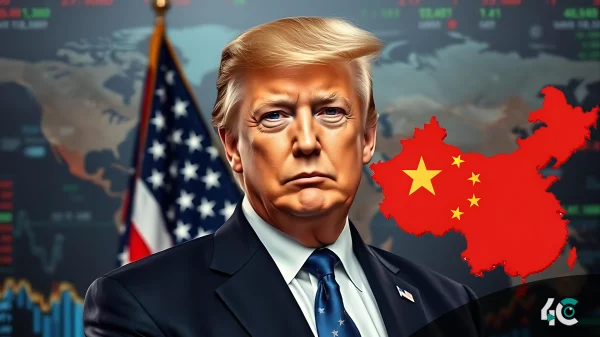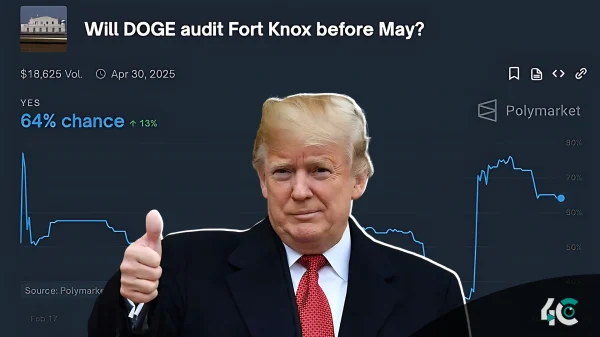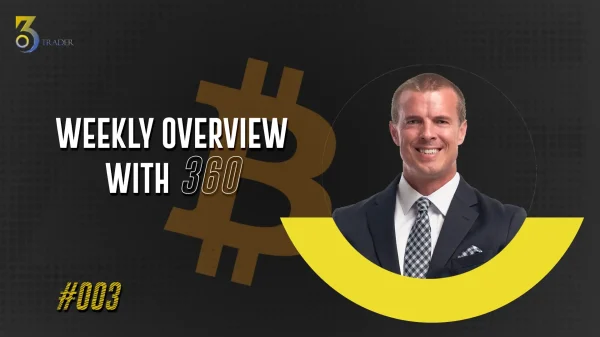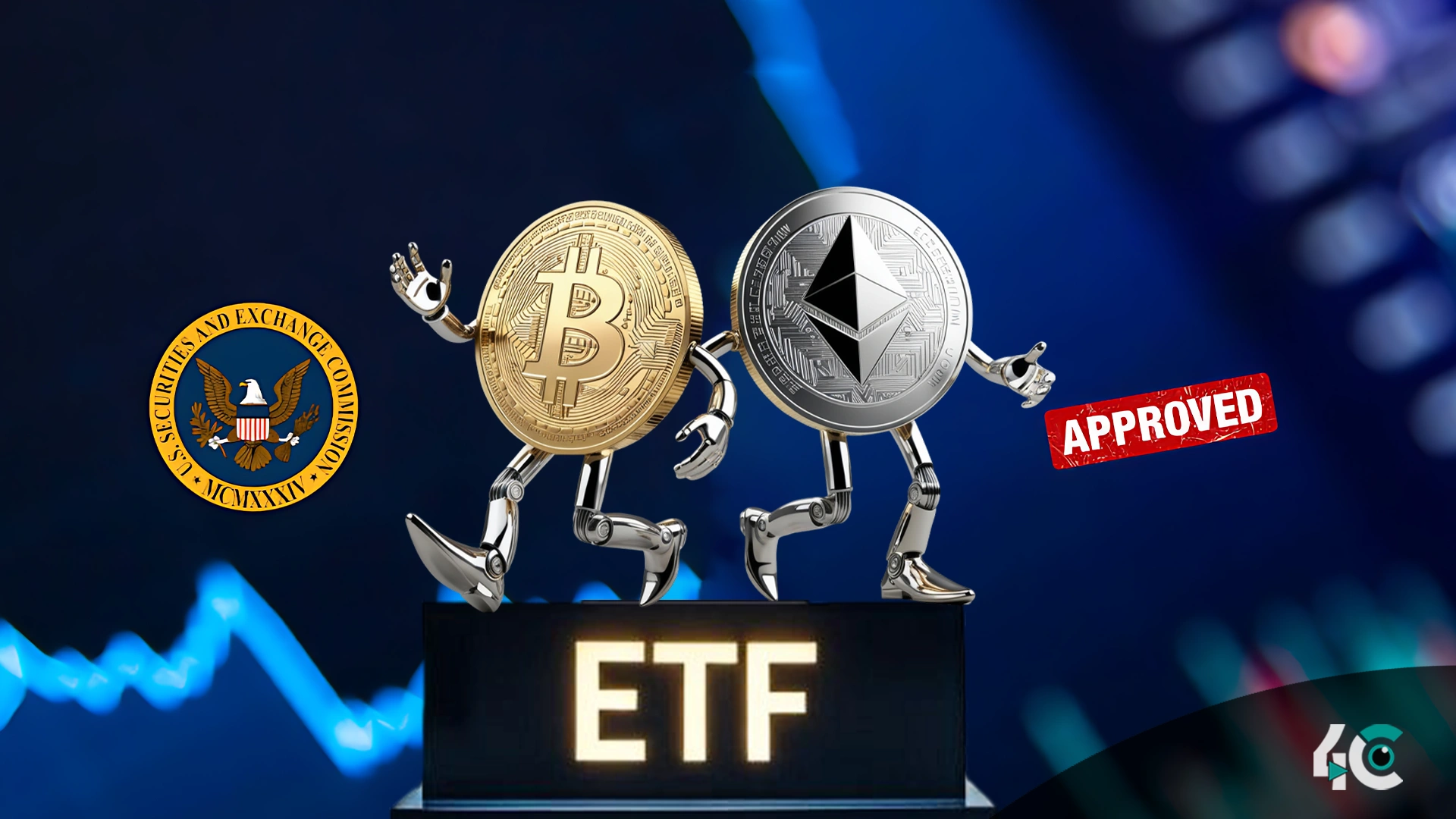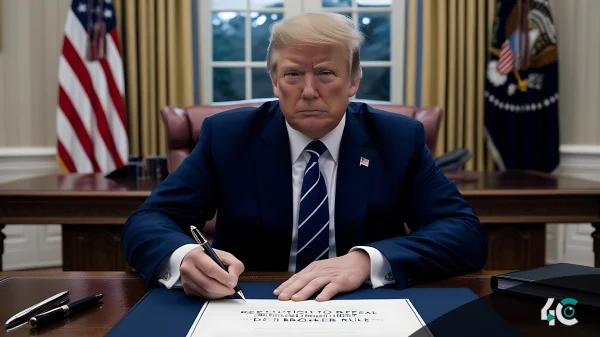The crypto 2025 ETF landscape is changing fast. With spot ETFs approved, this video breaks down what these instruments mean for investors, market growth, and institutional adoption. Watch to understand how these ETFs could reshape crypto in the year ahead.
A Historic Milestone.
After years of anticipation and regulatory resistance, the authorized spot Bitcoin ETF represents a significant milestone for the crypto market. Unlike futures-based ETFs, which are linked to contracts based on the price of Bitcoin, spot ETFs hold Bitcoin, making it easier for investors to buy and sell it.
This decision has seen espousal from the crypto proponents, who see it as a seal of approval from conventional finance. According to Dr. Emily Chen, a blockchain economist, the announcement is the moment we’ve been waiting for. “Spot ETFs break down barriers for institutions and retail investors, allowing them to enter the digital currency market without going through complex processes.”
Why Spot ETFs Matter.
Spot ETFs bridge traditional and crypto markets. They give people access to Bitcoin without the cost of underlying infrastructure. For a long time, critics claimed that the lack of regulation in investment vehicles hindered their adoption. Spot ETFs are now a thing, paving the way for pension funds, insurance companies, and mutual funds to allocate capital to Bitcoin with a certified assurance.
Key benefits include.
Investors don’t need to worry about having private keys or custody anymore; brokerage accounts give easy access.
Spot ETFs will get inflows in the billions, which will add to the overall liquidity of the market.
Approval by strict regulators reinforces the trustworthiness of Bitcoin as a serious asset class.
According to James Carter, a fintech analyst, it isn’t just Bitcoin; this is to show that crypto is part of the same conversation as stocks, bonds, and gold. This will change how people view crypto assets.
Market Implications.
Spot ETF approvals have made immediate market movements compelling. Following the announcement, Bitcoin has shot up to more than $80,000, above the record, and institutional money has flowed. Experts believe the market could experience more growth since various other firms will likely launch competing products.
However, the rise of spot ETFs highlights the debate between centralization and decentralization. Some argue that sending money through intermediaries will compromise the peer-to-peer ethos of Bitcoin. According to blockchain strategist Sarah Lin, the institutionalization of a decentralized dream is happening. Some people think that this evolution could be a betrayal of Bitcoin’s dream, while others disagree.
Challenges Ahead.
Even though spot ETFs are a major leap, there are challenges. Governance will scrutinize more as they will see how to bring crypto to legacy systems. Issuers and investors will have to give priority to taxes, reporting requirements, and anti-money laundering measures.
Furthermore, there is a worry about central custodian reliance. Despite Bitcoin’s design as a trustless system, many spot ETFs rely on third-party firms to hold Bitcoin, creating a counterparty risk.
“The official institutionalization of the Bitcoin spot ETF could derail the whole ethos of Bitcoin; the whole ethos itself will be at risk,” said Marcus Reed, the CEO of a blockchain analytics firm. How much freedom are we willing to sacrifice for convenience?”
Broader Industry Impact.
The impact of spot ETF approvals will extend beyond Bitcoin. Ethereum and other top crypto assets are preparing for crypto ETF treatment, with proponents arguing that a diversified crypto ETF could follow. In the meantime, companies working on decentralized finance (DeFi) or related Web3 projects would indirectly benefit as more investors enter.
“This is a first, which makes it historic.” If Bitcoin can achieve this, could stablecoins, NFTs, or tokenized real estate also have similar potential? The possibilities are endless.”
What Does This Situation Mean for 2025 and Beyond?
The launch of spot ETFs in markets across the globe could accelerate trends going forward.
More people will likely start to invest in cryptocurrency due to lower restrictions.
With increased institutional involvement, the volatility may be reduced, making cryptocurrencies more effective stores of value.
Countries competing for fintech leadership could speed up their own rules to attract investment.
Simultaneously, the industry faces challenges as it expands. This is a challenging task for developers, policymakers, and advocates who must ensure that innovation is balanced with regulation, environmental challenges, and privacy concerns.
According to Carter, we are witnessing the dawn of a new era. However, success will depend on whether we can maintain the values that made crypto so revolutionary and embrace the reality of mass adoption.
A New Chapter for Crypto.
The go-ahead for spot ETFs means opportunity and dispute in the crypto ecosystem. It validates the efforts of the past few years and leads to exceptional growth. This leads crypto professionals to have challenging conversations about identity, governance, and decentralization.
As we near 2025, crypto’s ability to change while retaining its essence will be the measure of success, not price or market volume.
Dr. Chen declared that the genie has emerged, regardless of the outcome. It is now up to us to determine its next destination.

